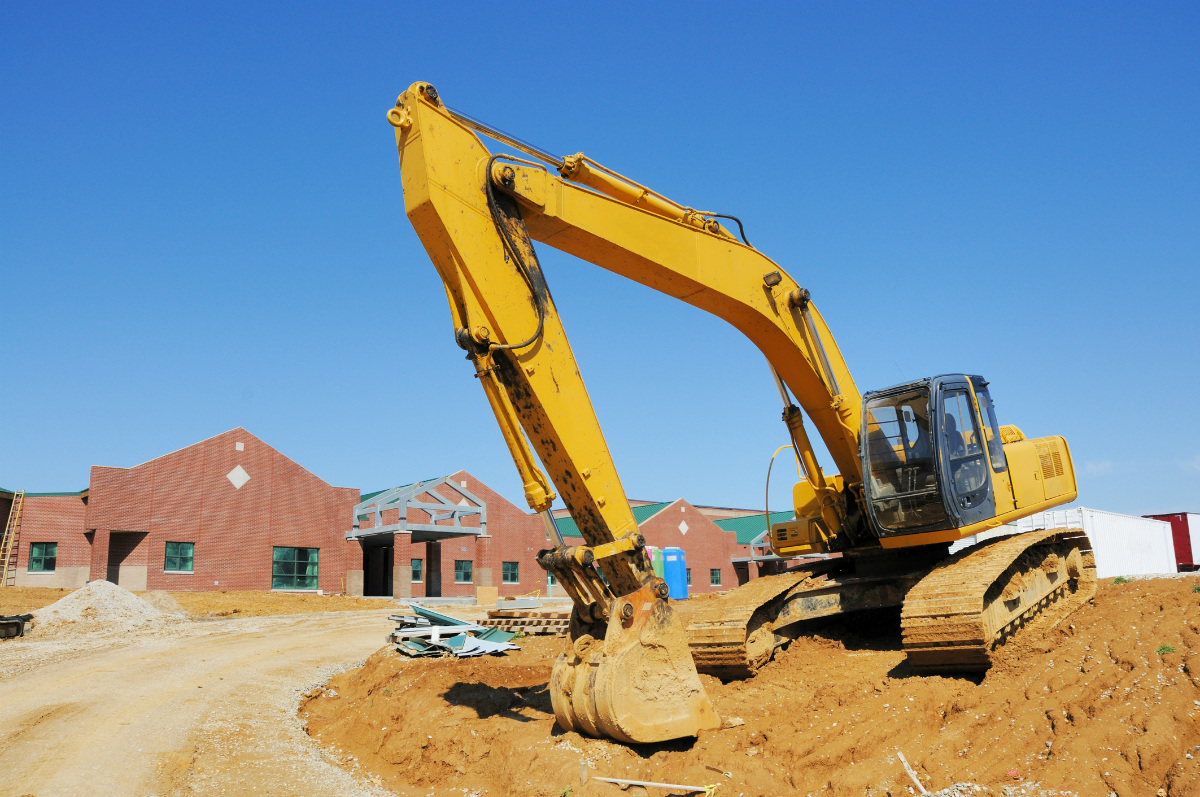Dedicated, long-term federal investments in K-12 infrastructure are critical to ensuring students are educated in safe, comfortable classrooms where they can focus on learning, according to a report by the Center for American Progress (CAP).
Improving air quality and modernizing and maximizing natural light in classrooms have been linked to increased concentration, comprehension and engagement, as well as improved test scores and overall academic performance.
Yet, following decades of underfunding school infrastructure, national spending for K-12 school buildings falls short by an estimated $85 billion annually, according to a 2021 analysis from the 21st Century School Fund, which estimated that it would cost $1.1 trillion to modernize and replace obsolete school buildings and systems over the next decade.
Public schools receive most of their funding from local and state government sources, which has led to inequity among communities that can and can’t afford to generate funds.
“Since public schools in communities with fewer resources generate less funding from local property taxes — the primary source of local education funding — they must rely on state and limited local funding to cover operational and capital infrastructure expenditures to upgrade school facilities,” researchers wrote. “For this reason, low-income and historically underresourced communities, which often primarily serve students of color, are left with inadequate resources to repair and modernize school buildings, while wealthier districts are able to use their ample tax bases to generate the revenue necessary to outfit schools with state-of-the-art technology, classrooms, and science labs.”
Public schools have historically been excluded from federal infrastructure legislation, despite representing the nation’s second-largest infrastructure sector, according to the report. So, while funds from the federal Infrastructure Investment and Jobs Act and the American Rescue Plan are being used in part to improve school air quality, buses and energy efficiency, available funds do not come close to meeting the need.
A 2020 report by the U.S. Government Accountability Office found 54 percent of U.S. school districts need to update or completely replace multiple building systems in their schools, but CAP researchers note that the “crisis has only deepened during the COVID-19 pandemic, as well as in the face of record-breaking extreme weather events exacerbated by climate change.”
The investments made thus far “are a great start, but equitable, dedicated long-term funding for school infrastructure is needed to ensure that all school buildings are safe and conducive to student learning,” researchers continued. “Low-income and underresourced school districts should not have to rely on inadequate funding to cover infrastructure upgrades and day-to-day operations such as teacher salaries, student services, and classroom materials.”





